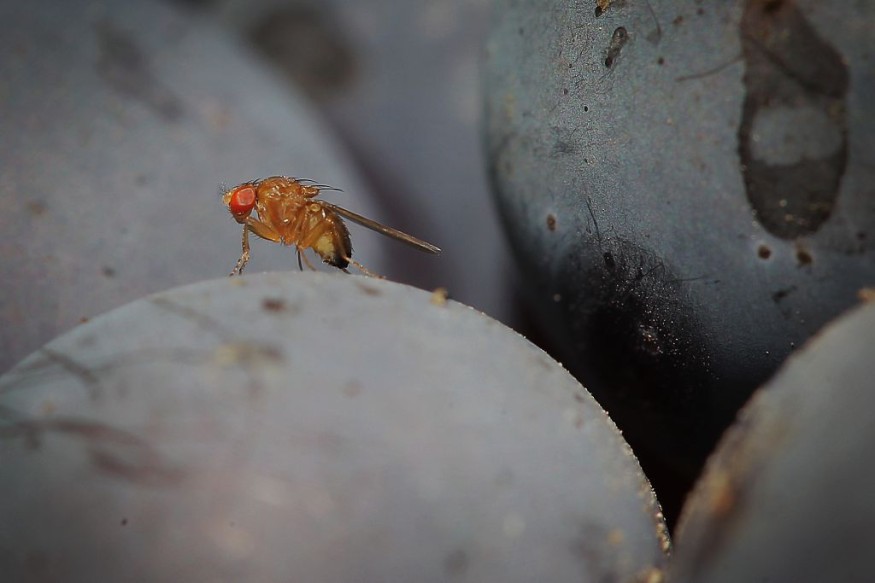
Scientists have made an exciting discovery by creating the first complete map of a fruit fly's brain, showing how its nerve cells are connected to control things like flying, eating and resting.
The project took years of hard work and detailed the connections of 139,255 brain cells, called neurons, and their 54.5 million links in the brain of a female fruit fly, called Drosophila melanogaster.
Mapping 149 Meters of Neural Wiring in Fruit Fly
Even though the fruit fly's brain is tiny (about the size of a poppy seed), it holds 149.2 meters of neural wiring. These neurons connect in ways that allow the fly to perform complex behaviors, making this discovery a huge step forward in understanding how brains work.
This map, called a "connectome," helps scientists learn how information moves between cells, not just in flies but also in humans and other animals.
This big achievement in brain research was shared on Oct. 2 in nine papers published in Nature, according to Science News. Dr. Olaf Sporns, a scientist from Indiana University, explained how important this discovery is.
He came up with the word "connectome" in 2005 to describe the map of neuron connections in a brain. Since then, scientists have made maps for smaller creatures like worms and for parts of mouse and human brains. But this fruit fly connectome is the largest and most complete brain map ever made.
The project was led by a group of scientists called the FlyWire Consortium, with over 50 labs from around the world working together. They used special microscopes to take more than 7,000 tiny pictures of the fruit fly's brain.
Advanced computer programs helped trace the neurons, but human scientists had to step in to check for mistakes and make sure the details were right.
Sven Dorkenwald, one of the scientists working on this project, said the computers did a lot of the hard work, but humans had to make sure everything was accurate. The whole project took many years and involved lots of scientists working carefully to put the brain map together.
How Fruit Fly Neurons Work Together
The connectome map revealed some really interesting facts about how the fruit fly's brain works. For example, they found just two neurons, called CT1 cells, that help the fly detect light and movement. These two neurons connect to over 148,000 other cells.
The scientists also discovered that some neurons act like "collectors," gathering information from many other cells, while others act like "broadcasters," sending signals to many different parts of the brain.
With this map in place, scientists can now create computer models to show how information travels inside the brain. Dr. Seung, one of the main researchers, said that understanding the links between neurons will help scientists create simulations that mimic how brains work.
This could help answer questions about how brains, even in simple creatures like flies, process information and control behavior.
Dr. Sporns, who helped lead the project, is hopeful that the techniques used to map the fruit fly's brain can be applied to larger animals, like mice and maybe even humans. These maps could help scientists understand how brain connections change over time or between different individuals. They might even provide new clues about brain diseases and how to treat them.
The fruit fly might be small, but it's perfect for studying because it has a simple brain yet can do complex things like remember things, interact with other flies and travel long distances. By studying the fruit fly's brain, scientists hope to learn more about how all brains work, including human brains.
Read also: Nature's Therapy: Unplug, Recharge, and Restore Through Hiking and Spa Retreats in Florida
© 2025 ScienceTimes.com All rights reserved. Do not reproduce without permission. The window to the world of Science Times.












